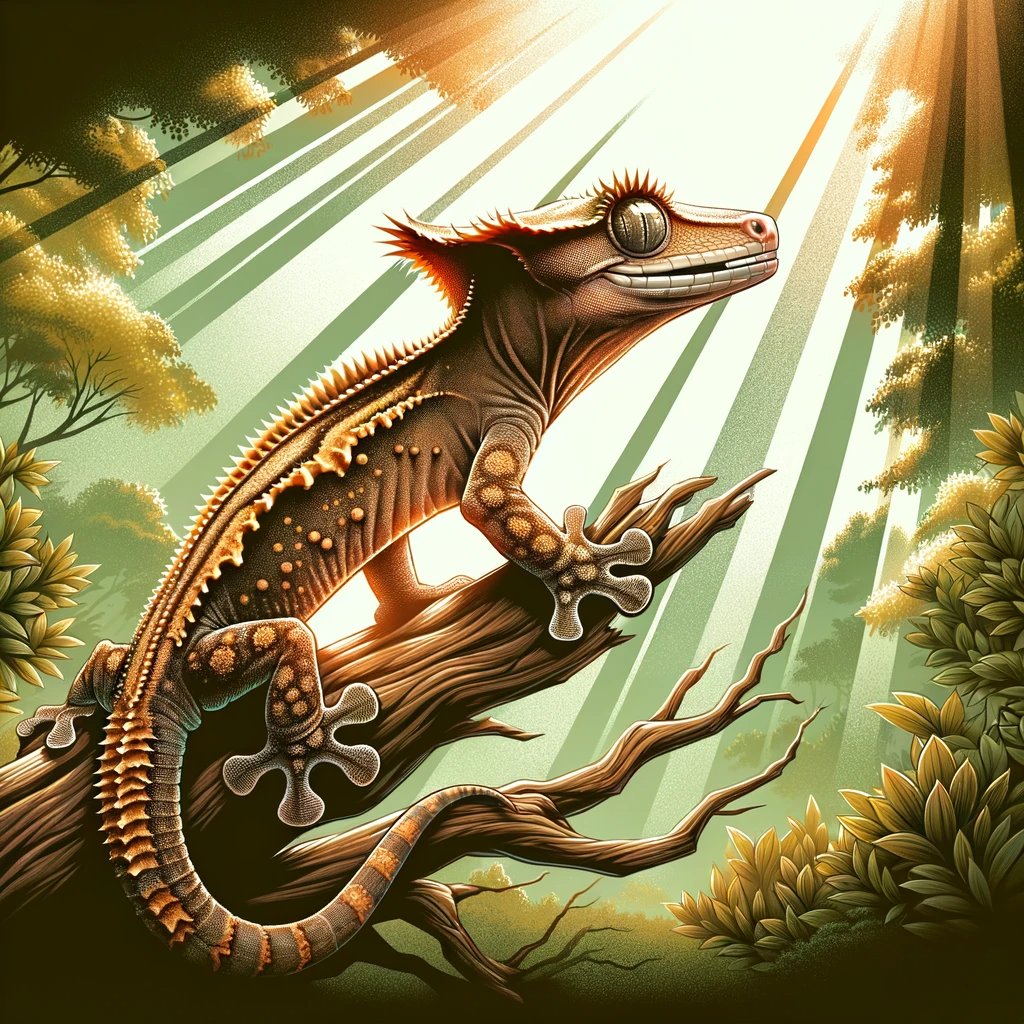
Crested geckos, commonly known as New Caledonian Crested Geckos, are intriguing creatures sought after by many reptile enthusiasts. These captivating reptiles possess unique characteristics that make them a popular choice as pets. One particular aspect that often sparks curiosity among potential owners is their activity patterns. Understanding whether crested geckos are mostly active during the day or night plays a crucial role in providing them with proper care and ensuring their well-being. In this article, we will explore the activity patterns of crested geckos and shed light on whether they are predominantly active during the day or night.
Crested Geckos and Their Behavior
Crested Geckos, scientifically known as Correlophus ciliatus, are fascinating creatures with unique behaviors and adaptations. In this article, we will explore the nature of their activity patterns and the factors that influence them.
Nocturnal Nature of Crested Geckos
Adaptation to Living in the Dark
crested geckos are primarily nocturnal creatures, meaning they are most active during the night. This behavior is an adaptation to their natural habitat, where they live in the dark understory of forests. Being nocturnal allows them to avoid predators and take advantage of the cooler temperatures during the night.
Natural Habitat and Foraging Behavior
In their natural habitat of New Caledonia, crested geckos live among trees and dense vegetation. They have evolved to be excellent climbers, using their specialized toes with adhesive pads to grip onto branches and other surfaces. At night, crested geckos actively forage for a variety of food sources, including fruit, nectar, and small insects. They use their keen sense of smell to locate food and their agile bodies to capture prey.
Daytime Activity Levels
Periods of Activity
Although crested geckos are primarily nocturnal, they may demonstrate some activity during the daytime as well. During the day, you may observe them moving between different resting spots, adjusting to ambient temperatures, or taking brief periods of activity. However, these daytime activities are generally less frequent and less intense compared to their nocturnal behavior.
Basking Behavior
Crested geckos may also engage in basking behavior during the day. Basking is the act of exposing oneself to direct sunlight or an artificial light source to regulate body temperature. While crested geckos do not rely heavily on basking as diurnal reptiles do, they may occasionally seek out warm spots to maintain their optimal body temperature.
Exploration and Hunting
Although crested geckos are not as active during the day, they can still display exploratory behavior. They may move around their enclosure, investigate new objects or changes in their surroundings, and exhibit curiosity towards their environment. While hunting is more commonly seen during their nocturnal activities, crested geckos may occasionally engage in stalking and capturing prey during the day as well.
Factors Affecting Activity Patterns
Temperature and Light
Two crucial factors that impact the activity patterns of crested geckos are temperature and light. These reptiles are ectothermic, meaning their body temperature is influenced by the temperature of their environment. Warmer temperatures tend to increase their activity levels, while cooler temperatures can induce a state of decreased activity.
Light also plays a significant role in regulating the behavior of crested geckos. In their natural habitat, variations in daylight and darkness correspond to their activity patterns. In captivity, providing a consistent light-dark cycle can help maintain their natural behavior. It is essential to establish a suitable photoperiod with appropriate lighting to ensure their well-being.
Feeding and Digestion
The feeding habits of crested geckos can also affect their activity patterns. After consuming a meal, these geckos may show reduced activity as their bodies devote energy to digestion. It is common for them to rest or find a secure hiding spot after feeding. Providing a balanced and nutritious diet is vital to support their energy needs and maintain their overall health.
Mating and Reproduction
During the breeding season, crested geckos may demonstrate heightened activity levels. Males may become more active, vocalize, and engage in territorial displays. Females, on the other hand, may increase their exploratory behavior and show receptiveness to mating. These behavioral changes are part of their natural instinct to procreate and perpetuate their species.
Individual Variations
It is worth noting that individual crested geckos may exhibit some variations in their activity patterns. Factors such as age, health, and individual temperament can influence their overall activity levels. Some may be more active during the day, while others may prefer to engage primarily in nocturnal behavior. Understanding the unique behavior of each crested gecko is essential for their proper care and well-being.
Conclusion
Crested geckos are predominantly nocturnal creatures, adapted to the dark understory of forests. While their activity is highest during the night, they may still engage in some daytime behaviors, such as basking, exploration, and limited hunting. Temperature, light, feeding, mating, and individual variations all play a role in shaping their activity patterns. As responsible owners, it is essential to provide appropriate environmental conditions and a balanced diet to ensure the health and happiness of these captivating reptiles.